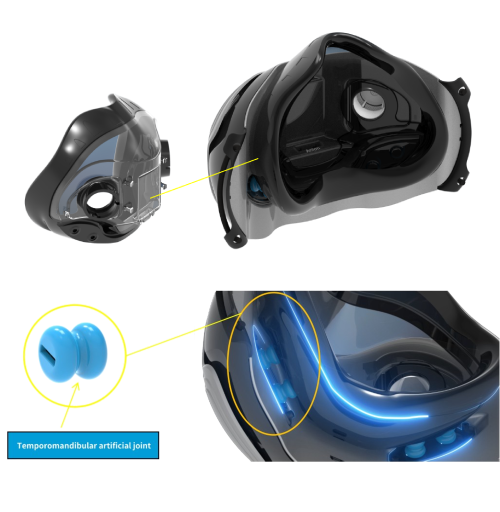Arousal disorders, including sleepwalking and sleep eating, lack established treatment guidelines. A new systematic review identifies potential treatments and emphasizes the need for structured guidelines due to the potential dangers of these disorders.
Arousal disorders can be dangerous, but a study shows no consensus on the best treatment. Rectal Drug Delivery System

For conditions like sleep apnea and insomnia, sleep specialists have established and well-researched treatment guidelines.
However, the situation is starkly different for arousal disorders. Arousal disorders encompass a range of conditions including sexsomnia (engaging in sexual activity during sleep), sleep “walking” (walking or running around the house or even doing complex behaviors like driving a car), sleep terrors (screaming and intense fear while asleep), or sleep eating.
Unlike nearly every other type of sleep disorder, there are no consensus treatment guidelines for arousal disorders, says Jennifer Mundt, assistant professor of neurology at Northwestern University Feinberg School of Medicine.
In a newly published study in the journal Sleep Medicine, Mundt did the first systematic review on treating NREM (non-rapid eye movement) parasomnias. Many of the 72 publications from 1909 to 2023 were only case reports or uncontrolled trials.
“These disorders can be dangerous and result in injuries to the sleeper or loved ones, so it’s important that symptoms are evaluated and treated,” Mundt said. “And we need to have guidelines, so patients are getting the most effective treatment, which is not necessarily a medication.”
Randomized, controlled trials are needed to determine the efficacy of behavioral treatments for these parasomnias, Mundt said.
In the study, Mundt found the treatments with the most evidence of their effectiveness are cognitive behavioral therapy, hypnosis, sleep hygiene, and scheduled awakenings (waking the sleeper shortly before the time they usually have a parasomnias episode).
Mundt specializes in behavioral treatments for sleep disorders including insomnia, nightmares, NREM parasomnias, narcolepsy, and idiopathic hypersomnia.
Patients often don’t recall their unusual night behaviors, or they may have only a vague recollection of it.
“Some people don’t know they have it or what’s going on with them at night,” Mundt said. “They may not come into a sleep clinic until they’ve injured themselves. Or, they say, ‘My kitchen had all these wrappers on the counter, so I know I was eating.’
“I’ve had some people video themselves at night, trying to confirm what’s happening. It’s unsettling to not know what you are doing in your sleep. I’ve seen people who have ended up in the emergency room with cuts or lacerations from punching a window, mirror, or wall.
“I’ve had people who have taken medication in their sleep or eaten so much they feel sick the next morning. The brain tends to want to eat junk food, like salty, sweet, and fatty snacks. Some people eat so much they feel uncomfortable or gain weight. One colleague had a patient who ate a whole block of cheese in their sleep.”
The estimated lifetime prevalence for parasomnias is 6.9% for sleepwalking, 10% for sleep terrors, 18.5% for confusional arousals, 7.1% for sexsomnia, and 4.5% for sleep-related eating. Sleepwalking, sleep terrors, and confusional arousals (when someone is in a confused state while remaining in bed) are more common in childhood and often remit by adolescence. Sexsomnia and sleep-related eating typically begin in adulthood.
“Doctors often tell parents their children will grow out of it. But not everyone grows out of it,” Mundt said.
Reference: “Behavioral and psychological treatments for NREM parasomnias: A systematic review” by Jennifer M. Mundt, Matthew D. Schuiling, Chloe Warlick, Jessica R. Dietch, Annie B. Wescott, Muriel Hagenaars, Ansgar Furst, Kazem Khorramdel and Kelly G. Baron, 6 September 2023, Sleep Medicine. DOI: 10.1016/j.sleep.2023.09.004
Email address is optional. If provided, your email will not be published or shared.
Save my name, email, and website in this browser for the next time I comment.
SciTechDaily: Home of the best science and technology news since 1998. Keep up with the latest scitech news via email or social media. > Subscribe Free to Email Digest
The passenger pigeon, the Tasmanian tiger, and the Baiji (Yangtze river dolphin) are among the most recognized casualties of what many experts refer to as…

Anorectal Disorders Treatment Copyright © 1998 - 2023 SciTechDaily. All Rights Reserved.